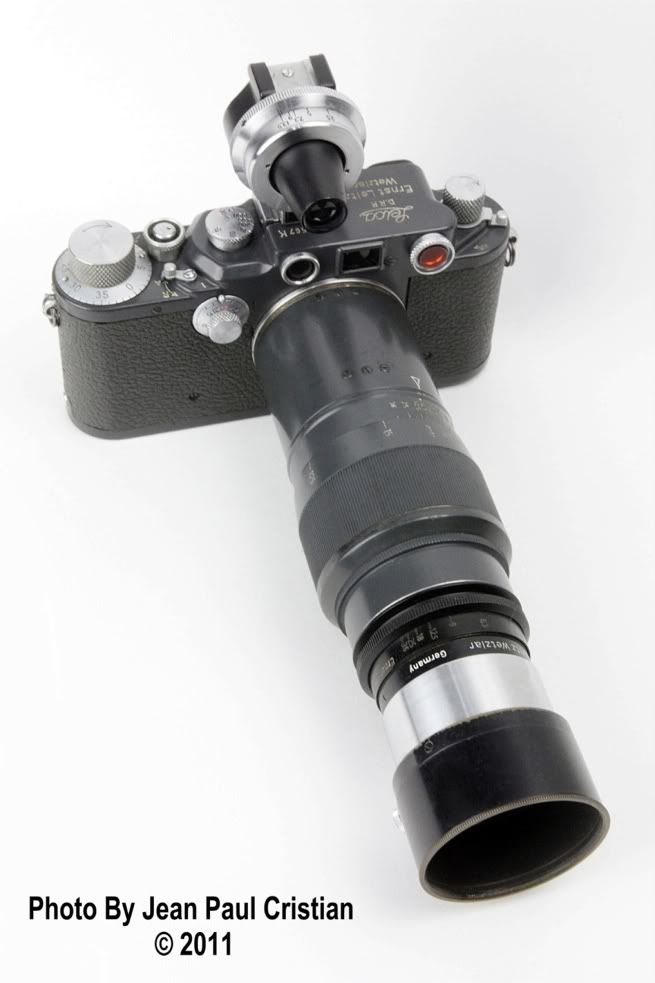LeicaTom
Watch that step!
I know, I had a long argumentation with Jim about these lenses.
I saw both the lenses sold by Westlicht, both belonged from unofficial batch, civilian not written gray, they were n.575.601 (year 1945) and n.576.078 (year 1944).
There are various grey lenses from not official batches, here and there.
For ex. in a grouping of 13.5cm Hektors sent to Berlin on
6.1.45 (15 lenses ) on shipment 13099,
This is only months before the capitulation.
Another batch, sent to Berlin on 4.9.44 on shipment 9778.
Both "...Absolutely no mention of grey finish, many
of these grey HEFAR lenses are not written grey in the records ", Jim wrote me, "but believed genuine".
I know of registered gray Hefar 1941, very few survives, but according to Jim the "almost mythical Hefar " is the WH marked (one and only one batch), rarer than the gray, also different from all the other Hefar!
There are suggestions that Leitz held the focal length of the WH HEFAR to very tight tolerances.
This was done presumably to maintain uniform measurement results.
Cheers
P.S.: yes I have a number of these items, a very interesting field for the researcher/collector that I am.
In the case I will make you know, thank you.
---
P.P.S: your Hefar is really nice!
Email me off this thread please.....
Thanks
Tom
Last edited:





